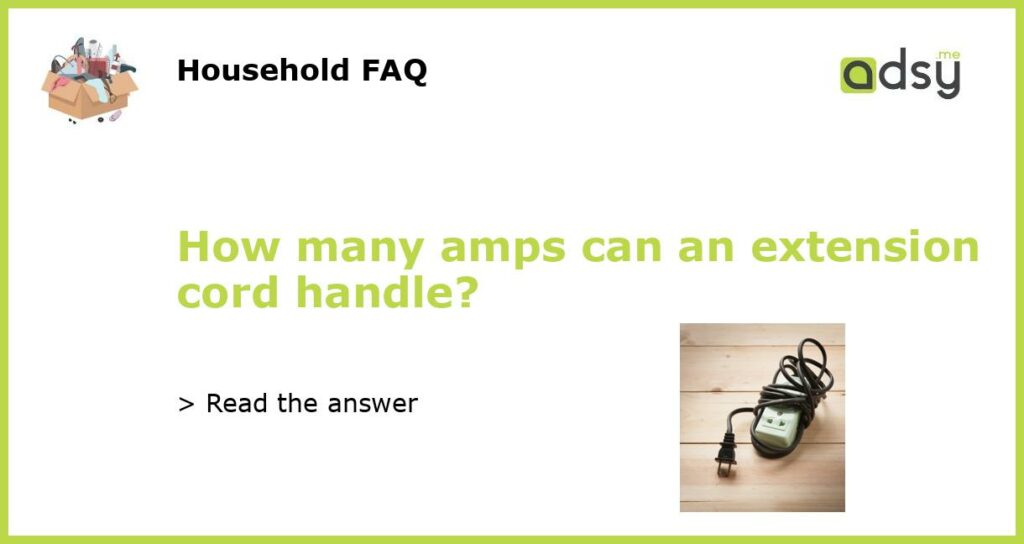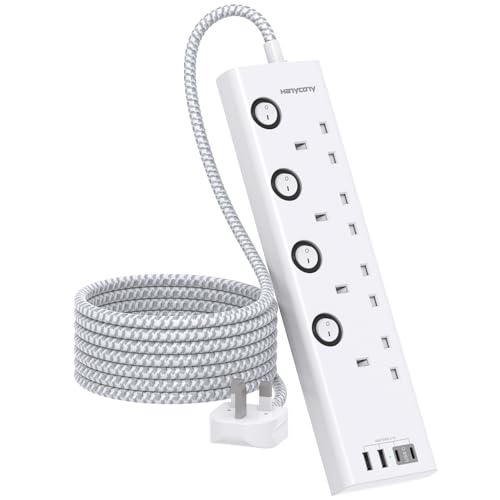Understanding Amps and Extension Cords
Before we dive into the answer, let’s first understand what amps and extension cords are. Amps are a measure of electrical current, and extension cords are a type of electrical cable used to extend the reach of a power source. Extension cords are commonly used in households and workplaces to power electrical devices that are too far away from an outlet.
Factors that Affect the Amp Rating of Extension Cords
The maximum amps that an extension cord can handle depends on several factors, including the length of the cord, wire gauge, and insulation material. The longer the extension cord, the less current it can handle, and the thicker the wire gauge, the more amps it can accommodate. Meanwhile, the insulation material used in the extension cord should be able to withstand high temperatures to avoid melting or breaking down, which can cause a fire hazard.
How to Choose the Right Extension Cord for Your Needs
To ensure that you are using the right extension cord for your electrical devices, you need to know the amperage rating of each device and the amp rating of the extension cord. You can find the amp rating of your electrical device in the user manual or on the device’s label. For extension cords, the amp rating is usually indicated on the cord’s packaging.
When choosing an extension cord, make sure that its amp rating is higher than the amp rating of your electrical device. If you’re not sure how to do this, consult an electrician or use an online extension cord ampacity calculator.
The Bottom Line
In summary, the maximum amps that an extension cord can handle depends on the cord’s length, wire gauge, and insulation material. To ensure that you are using the right extension cord for your electrical devices, you need to know the amperage rating of each device and choose an extension cord with an amp rating that is higher than the device’s amp rating. Always prioritize safety when handling electrical appliances and devices.






